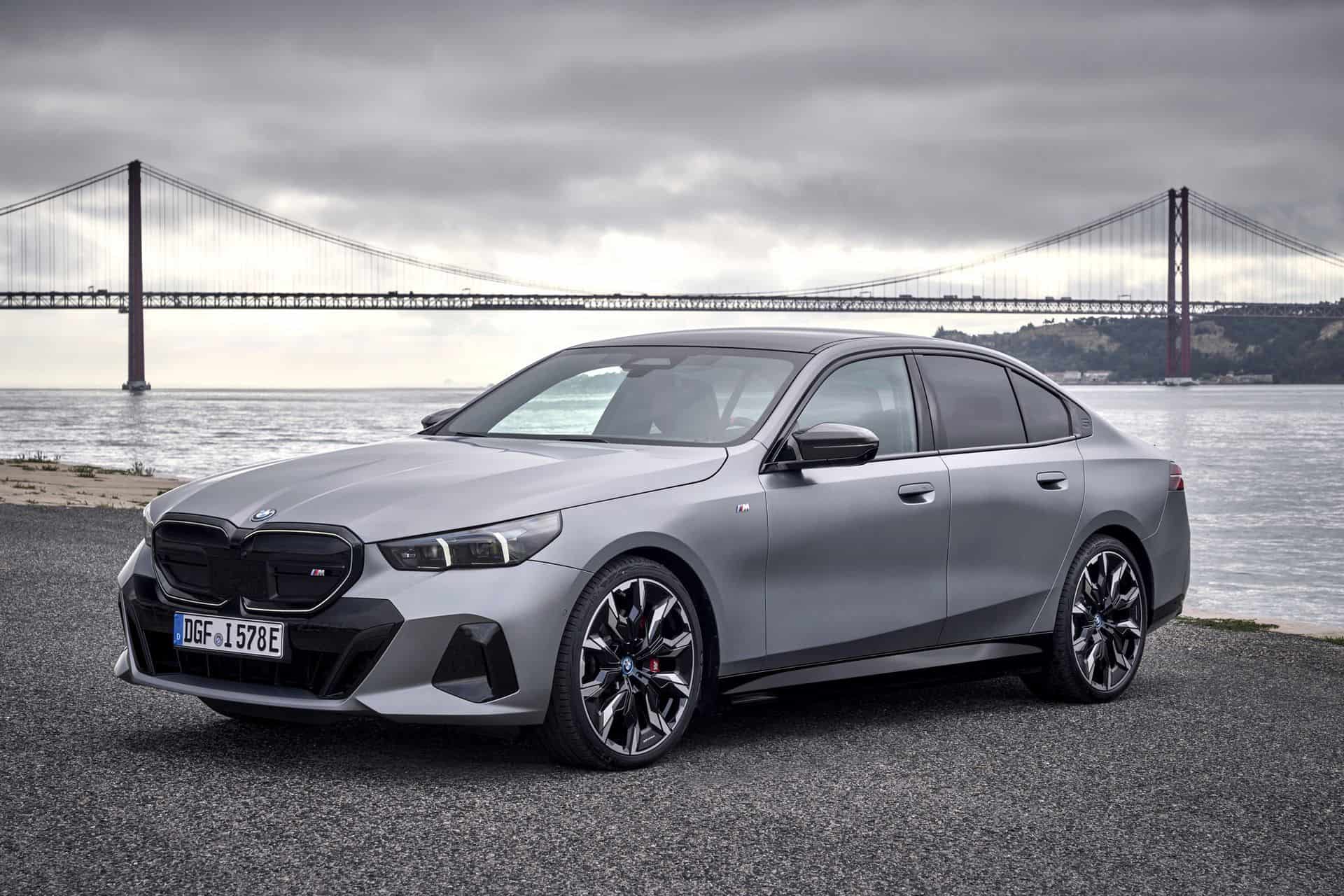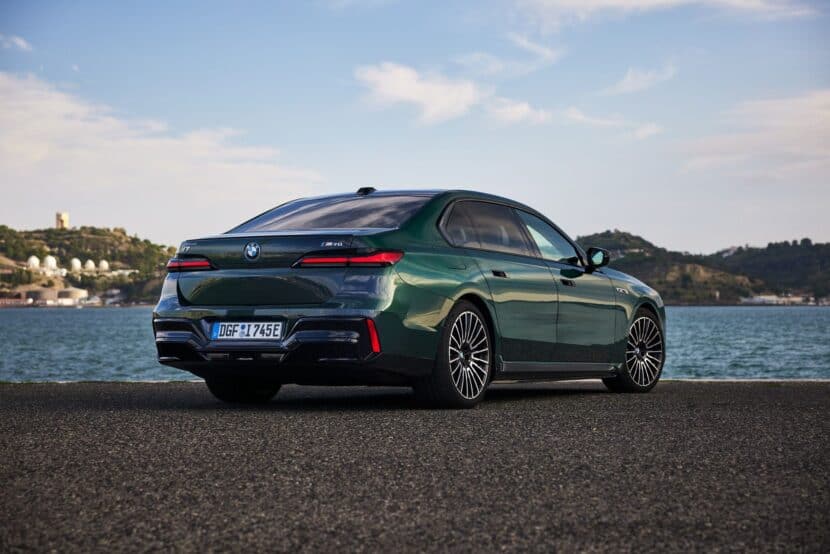Mercedes has gone to great lengths to give electric cars such as the EQE and EQS a fresh look separate from the conventionally powered E-Class and S-Class, respectively. It’s the same story with their SUV equivalents as the EQE SUV and EQS SUV are substantially different than the GLE and GLS. Audi has a similar approach with its E-Tron cars that stand out compared to gasoline/diesel vehicles.
BMW sees things differently as it doesn’t want to implement a visual separator between EVs and ICEs. Speaking with Australian magazine CarExpert, design boss Domagoj Dukec said customers should have the freedom to choose their preferred powertrain without having to worry about which design, body style, and car size can be had with that gasoline/diesel/plug-in hybrid/electric setup.
That strategy is already in place with the X1/iX1, X3/iX3, 4 Series Gran Coupe/i4, 5 Series/i5, and 7 Series/i7. In China, BMW also sells an i3 as a fully electric variant of the locally made long-wheelbase 3 Series Sedan. Next week, the second-generation X2 will premiere and is going to come along with an iX2. Although not available to buy, the iX5 Hydrogen is a spitting image of the regular X5 by being based on the pre-LCI model.
Dukec pointed out some notable exceptions to this unified design strategy, such as the i3. Discontinued in 2022 after nine years and 250,000 units, the quirky hatchback looked different because the German luxury marque wanted to lure in buyers that would otherwise not consider a BMW. He also referred to the iX, which he described as a “very visionary car” since it previewed technology you can find in the i7 and i5. The i8 wasn’t mentioned in the interview but the coupe/roadster was an attempt to blend performance with efficiency.
As for what lies ahead, Dukec mentioned the Neue Klasse arriving in 2025 won’t be all about EVs as its role is to fundamentally transform the company:
“It’s something where we change the whole approach and development, also how we approach our customers, the whole experience of [the vehicle’s] lifetime, the configurator, how you buy it, how you maintain it, how you always keep it fresh, how you make it sustainable, how you make it accepted by society – this is Neue Klasse.”
Interestingly, the head of BMW design pointed out that the changes coming with the Neue Klasse “will also be for combustion engines.” Dukec went on to say that “the whole thing is relevant for combustion engines.” He explained the unified design approach will pay dividends for both ICEs and EVs as an aerodynamic shape lowers fuel consumption for conventionally powered cars and increases range for zero-emission models.
Source: CarExpert






































































